As the holiday season approaches, Budapest transforms into a winter wonderland, and if you are lucky, that might involve some snow. If not, you are in for some gray. But Christmas markets offer a truly magical experience for locals and visitors, although in recent years locals are less enthusiastic about the overpriced food that usually under delivers. While the warm smell of mulled wine and chimney cake fills the air, they also warm the body and nourish the soul.
So here are some of the must-visit Christmas markets and a few off the beaten path ones in Budapest. Keep in mind that as Christmas approaches, the markets are getting busier and busier. Budapest’s Christmas markets are a delightful way to immerse yourself in the holiday spirit and experience the city’s rich cultural heritage. Whether you’re shopping for unique gifts, savoring delicious foods, or simply soaking in the festive atmosphere, these markets are sure to create lasting memories.
Your trip to Budapest can get even more interesting. Transform your Budapest adventure into an unforgettable experience with my exclusive market and food tours. Join me for a private or small group tour of two of Budapest’s most vibrant markets. Discover hidden gems, savor local flavors, and immerse yourself in the city’s rich culture. Let me be your guide to an authentic Budapest experience! I offer private and small group market and food tours. You can read more about here or you can book the experience here.
Vörösmarty Square Christmas Market
Located in the heart of Budapest, at the end or the beginning of fashion street (locally known as Váci utca), the Vörösmarty Square Christmas Market branded as Vorosmarty Classic Xmas is one of the oldest and most popular in the city. The market features beautifully decorated wooden stalls, selling a variety of handcrafted gifts, traditional Hungarian foods (langos, chimney cake, stuffed cabbage, goulash, all kinds of grilled meats and sausages) and festive drinks. Visitors can enjoy live music performances and watch artisans at work, creating unique items right before their eyes. My friends from Spiritus Metalli are also out there with blacksmith and jewelry demos along with some handcrafted jewelry. Maybe it is just me, but here is something relaxing and mesmerizing about hearing the hammer strike down on hot metal sitting on an anvil.
Opening hours:
Monday – Thursday: 11:00 am – 9:00 pm
Friday – Saturday: 11:00 am –10:00 pm
Sunday: 11:00 am – 9:00 pm
Holiday opening hours:
December 24.: 10:00 am – 2:00 pm
December 25 – 26.: 12:00 pm – 6.00 pm
December 29 – 30.: 11:00 am – 10:00 pm
December 31.: 11:00 am – 03.00 am
St. Stephen’s Basilica Christmas Market
I remember the days when I recommended this market to my guests as it was basically unknown to tourists and even locals were skeptical about it. (Keep on reading as I’ll have some off the beaten path recommendations again. I can’t guarantee that they will be as big as this one though:) Set against the stunning backdrop of St. Stephen’s Basilica, this market is known for its picturesque setting and festive atmosphere. It also managed to snag The Best Christmas Market award in Europe three years in a row now. The market boasts an ice skating rink, a large Christmas tree, and a light show projected onto the basilica’s facade starting at 5:30 pm. Shoppers can find a wide range of gifts, from handmade jewelry to traditional Hungarian delicacies. Concerts starting at 5 pm on some days.
Opening hours:
Monday – Thursday: 11:00 am – 10:00 pm
Friday – Saturday: 11:00 am – 11:00 pm
Sunday: 11:00 am – 10:00 pm
Holiday opening hours
December 24.: 11:00 am – 3:00 pm
December 25–26.: 11:00 pm – 8.00 pm
December 31.: 11:00 am – 03.00 am
January 1.: 11:00 am – 6:00 pm
https://adventbazilika.hu/en/
Both of these markets will offer food themed weekends.
Themes include goulash, stuffed cabbage, goose just to name a few. Both locations will also offer a cheaper food option for the budget savvy traveler 1600 HUF (around 4 euros) on the weekdays and 2500 HUF (6 euros) on the weekends.
These two are the most famous and most common ones. I can’t say for sure if every district has their own market but it’s highly likely. If you have the time and want to see other parts of the city than the “downtown” part, if you don’t mind the sometimes very minimal selection of food and limited selection of stuff, you might want to consider skipping the big crowds and tourists and head to one of these truly off the beaten path markets. They might not be as grand and famous as their downtown cousins, but they are usually less crowded, moderately priced and truly local. You can read about them in the next article.
Things to eat and drink
- Lángos
- Langallo/kenyérlángos
- Chimney cake/kürtőskalács (preferably cooked over charcoals)
- Gingerbread/mézeskalács
- Mulled wine/forralt bor
- Sausages/kolbász, hurka
- Roasted chestnuts/sült gesztenye
There are a lot of other options. I did not try them all, and what I did try were good but not a must try.
Tips for when Budapest’s Christmas Markets
Dress warmly: Budapest can get quite cold in December, so make sure to bundle up.
Enjoy the festive foods and drinks: Warm up with a cup of mulled wine (forralt bor) or hot chocolate, fill your belly with chimney cake or sausages.
Take your time: The markets can get crowded, especially on the weekends, so plan to visit during weekdays if possible, and make sure you have enough time to discover and enjoy.
Be patient: No matter what markets you go to, you probably will encounter people. Sometimes just a few, sometimes a lot, so be patient and take care of each other. It’s Christmas time afterall.

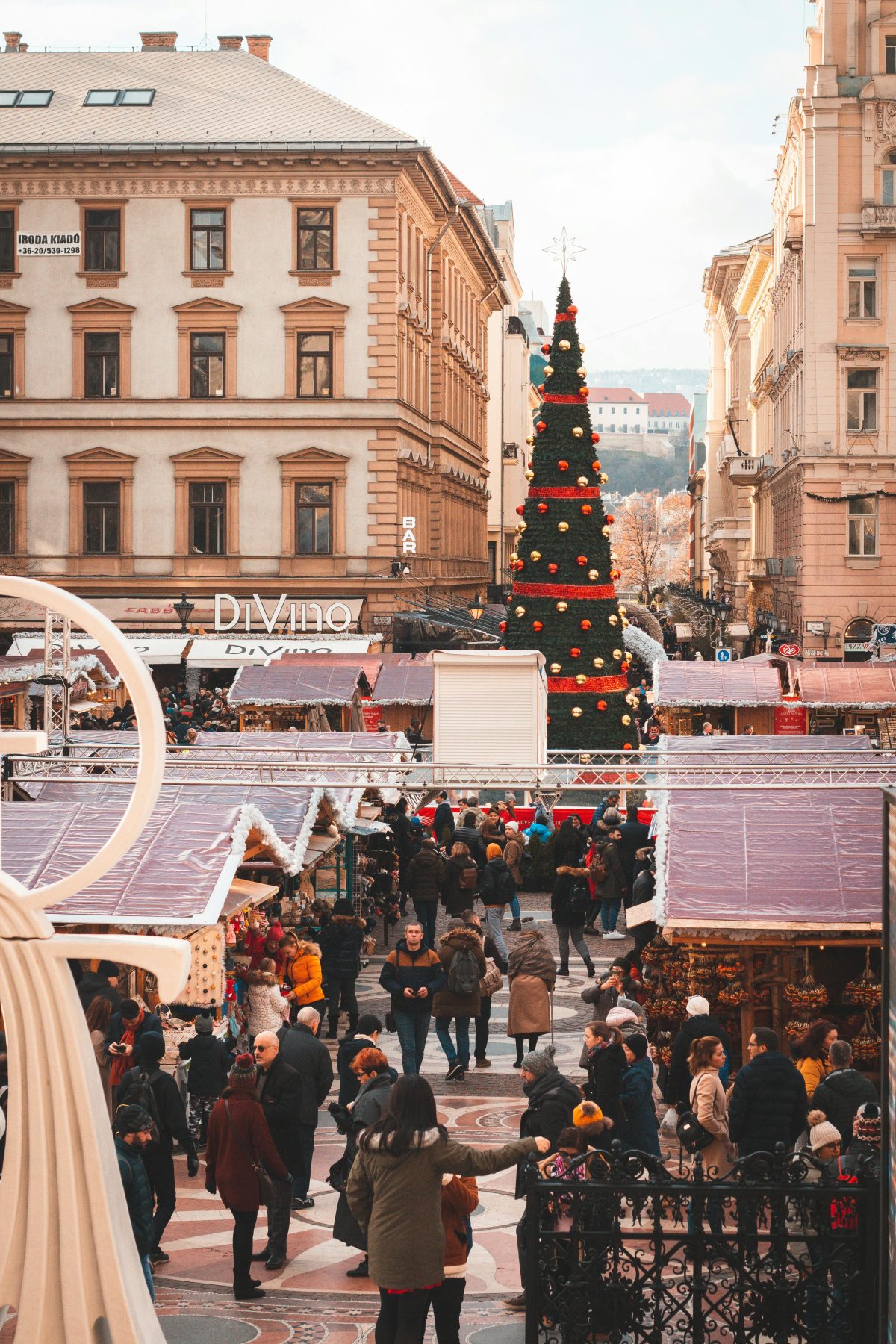
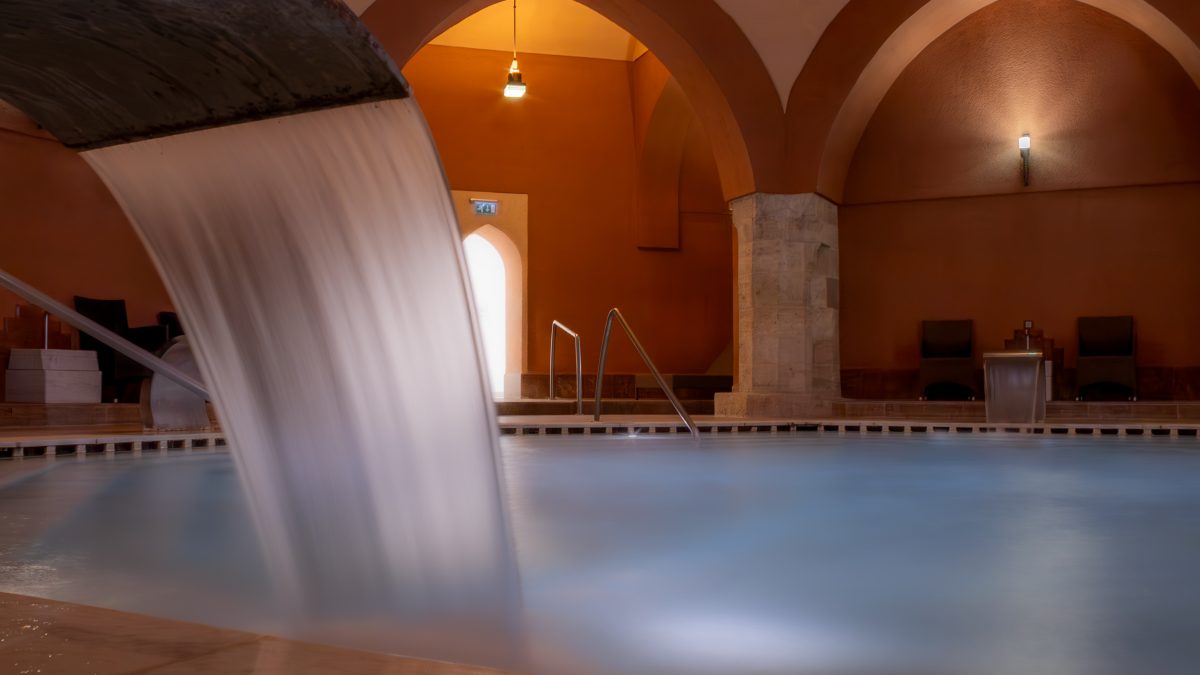
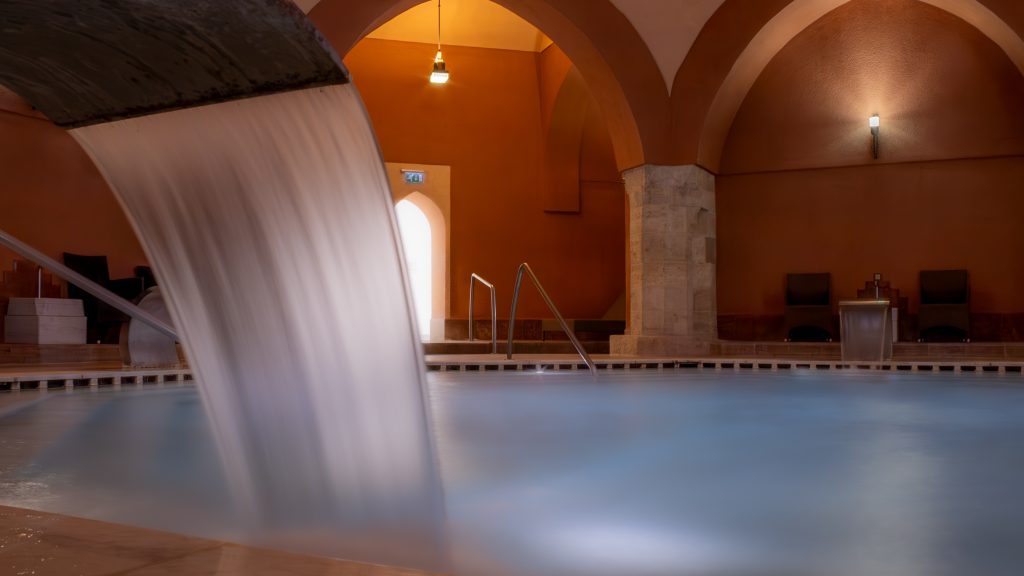
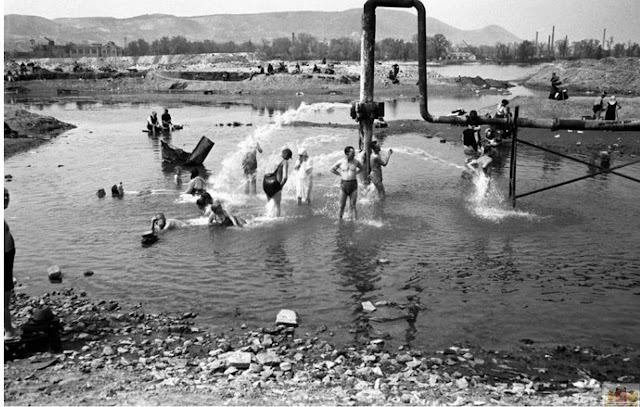


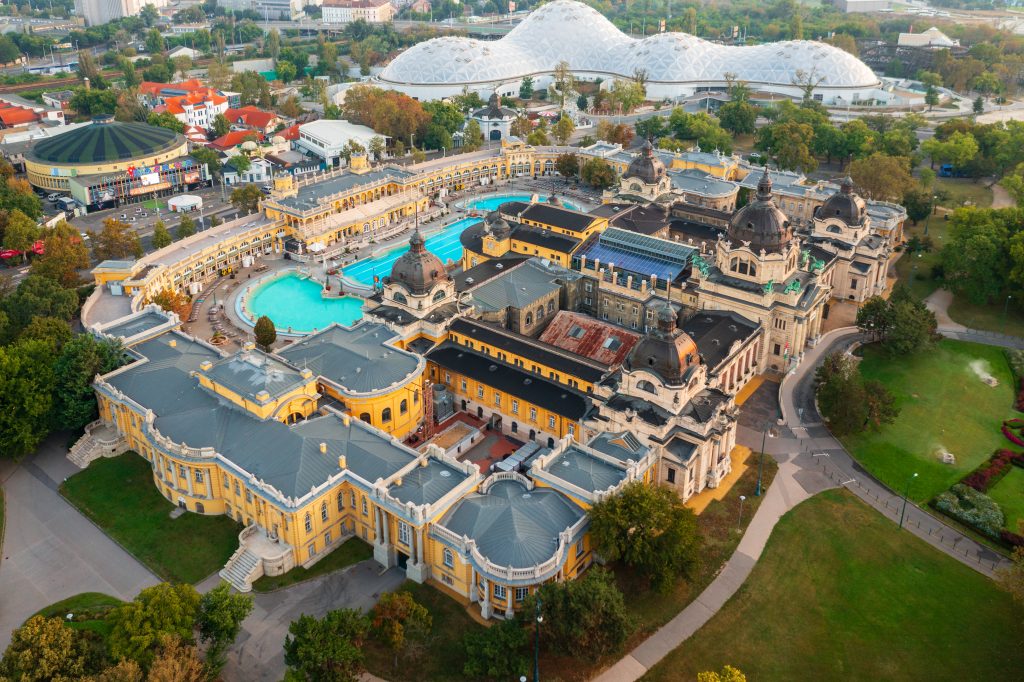
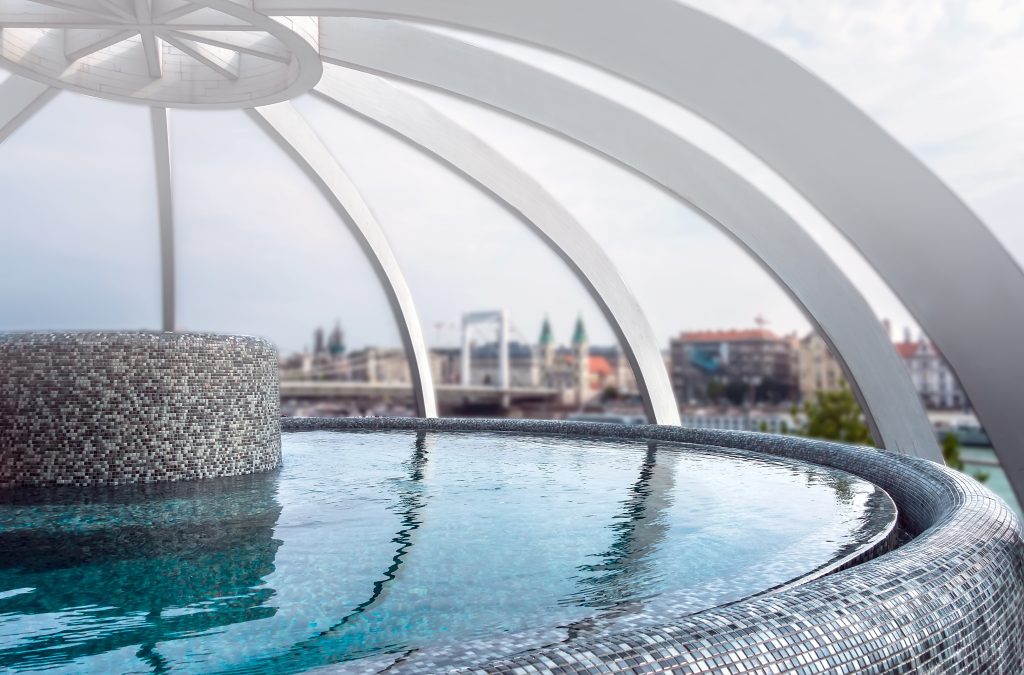
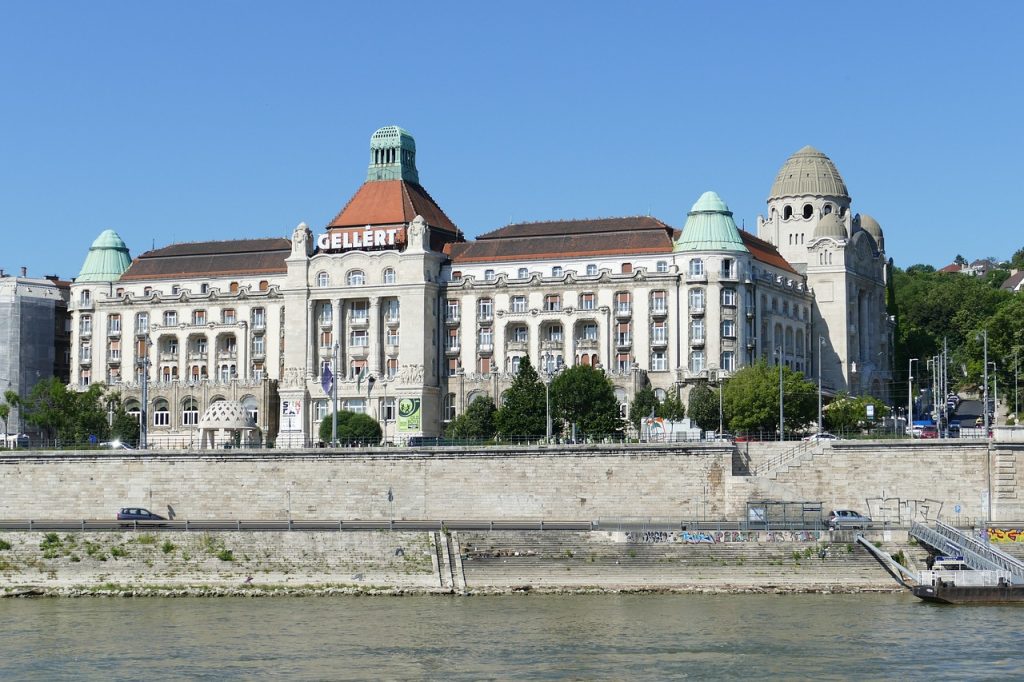
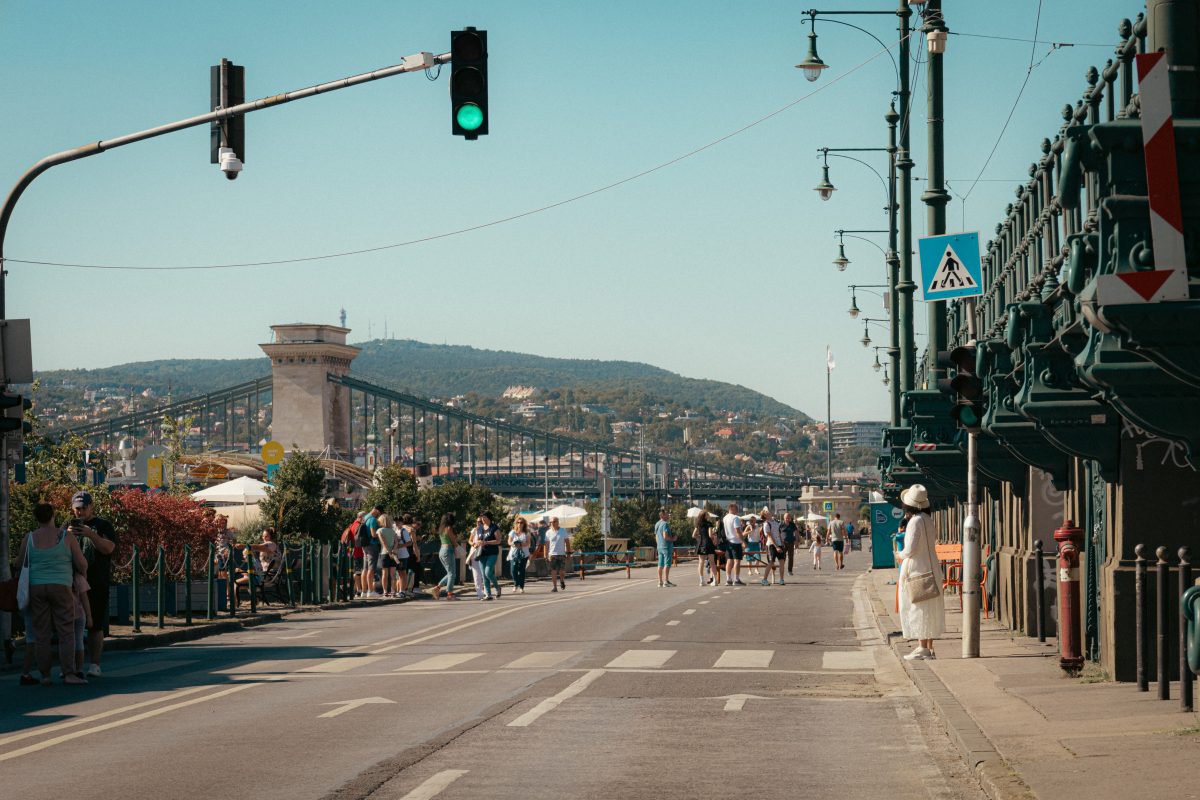


 You can book a private car or van online or by phone, and the driver will wait for you at the airport with a sign with your name. The price varies depending on the company and the vehicle, but it can range from 12000 HUF (about 33 EUR) to 28,000 HUF (about 75 EUR) for a one-way trip. You can pay by cash or card, and you can also request a guided tour or a stop at a sightseeing spot along the way.
You can book a private car or van online or by phone, and the driver will wait for you at the airport with a sign with your name. The price varies depending on the company and the vehicle, but it can range from 12000 HUF (about 33 EUR) to 28,000 HUF (about 75 EUR) for a one-way trip. You can pay by cash or card, and you can also request a guided tour or a stop at a sightseeing spot along the way. There are however independent operators also known as freelancers. It’s easy to spot them,
There are however independent operators also known as freelancers. It’s easy to spot them,